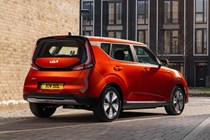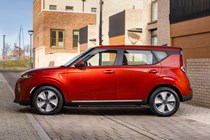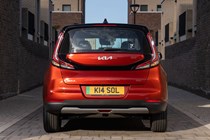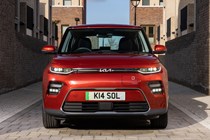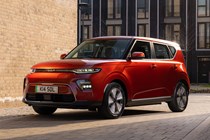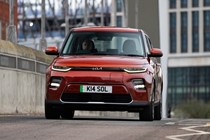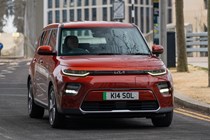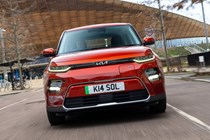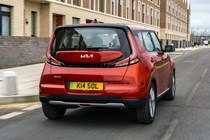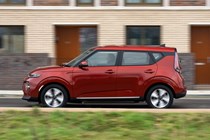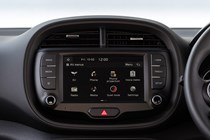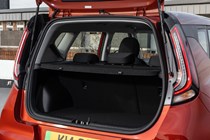Kia Soul SUV (2019-2025) running costs and reliability
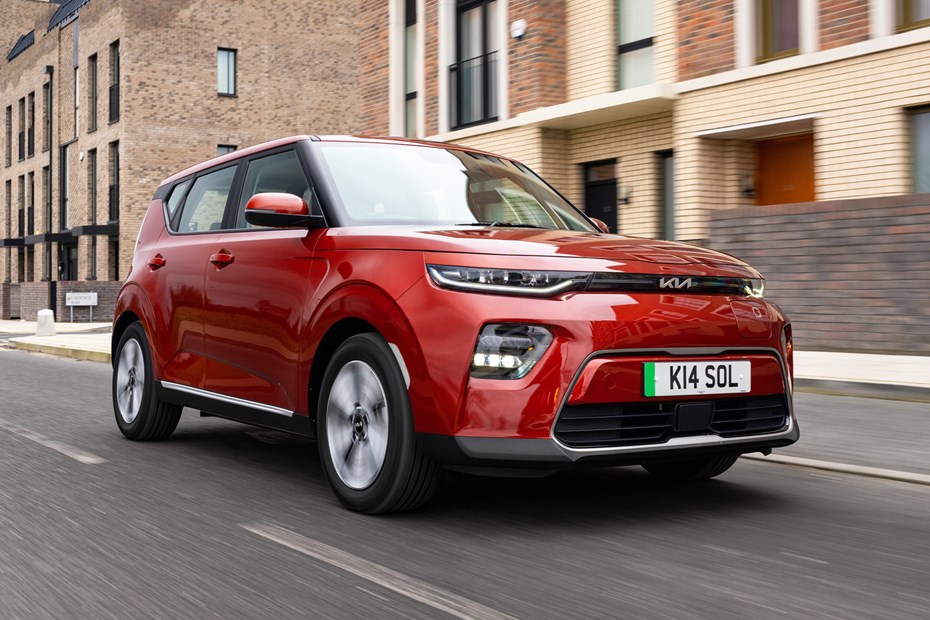
Miles per pound (mpp) ⓘ
| Electric motors, home charging | 11.5 - 11.8 mpp |
|---|---|
| Electric motors, public charging | 6.2 - 6.3 mpp |
Fuel economy ⓘ
| Electric motors | 3.9 - 4 miles/kWh |
|---|
- Efficient electric powertrain
- Reasonable real-world range
- Free road tax (for now)
What are the running costs?
We’ve only driven the 39.2kWh Kia Soul EV at the track, which doesn’t really provide an accurate representation of its efficiency. However, we’ve spent lots of time on the road in the 64kWh model – and we’re pleased to report that it’s quite a frugal electric car.
Kia says the Soul EV can drive for a maximum of 280 miles on a full charge (as verified by WLTP testing). That’s only slightly less than its sister car, the Kia Niro EV, which musters 285 miles. During our real-world testing, we found the Soul’s range settled at around 250 miles on the open road and roughly 280 miles in low-speed urban driving. That’s impressive.
In fact, we reckon most drivers will be able to cover their weekly milage on a single charge. If you have a smart wallbox charger installed at home (which can automatically top up your car’s battery with cheap electricity at off-peak hours), you should save money compared to running a similarly sized petrol car. Just remember, you pay more upfront to buy the Soul EV.
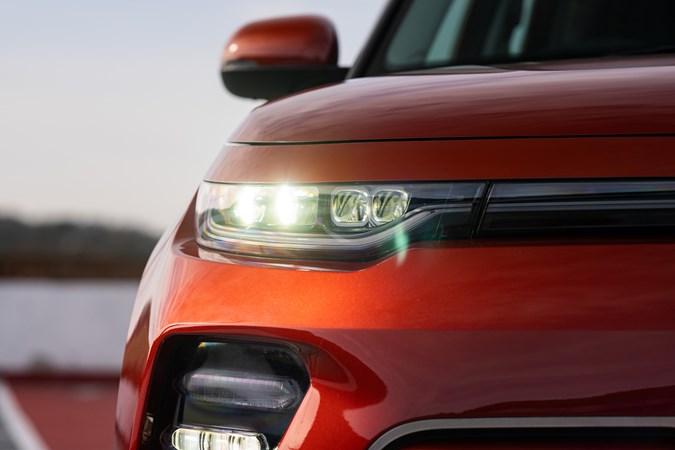
Charge times vary depending on battery size. The 39.2kWh model can fully recharge in six hours using a 7.4kW wallbox, while the 64kWh version takes a little over nine hours to do the same. Both cars also support 50kW DC rapid charging, which can top the small battery up to 80% capacity in 48 minutes. The big battery takes around an hour to complete the same charge.
Because the Soul is now electric-only, drivers don’t need to pay any road tax. However, the UK government will soon change that. From 1 April 2025, all EV drivers will need to pay £10 for their car’s first year of registration and £165 each year thereafter.
Servicing and warranty
Kia recommends you service your Soul EV once a year or every 10,000 miles. Every car also comes with the company’s competitive seven-year warranty, which is comparable to offers from MG, Suzuki and SsangYong. However, it still trails Toyota’s industry-leading 10-year warranty deal.
The Soul EV’s battery is covered by a different warranty. Kia guarantees it will retain at least 70% of its original capacity for seven years or 100,000 miles (whichever comes first) from the date of its first registration.
Reliability
- Promises to be reliable
- Great warranty package
- Less to break in an EV
Electric cars are generally very reliable. Their motors have few moving parts – and all our owner reviews for the car are glowing. We’re confident you won’t have any major problems with a Soul EV.
If you need further convincing, you should know that Kia has only issued one recall for the Soul since it was put on sale in 2019. The last recall was in 2020 – and there haven’t been any since.
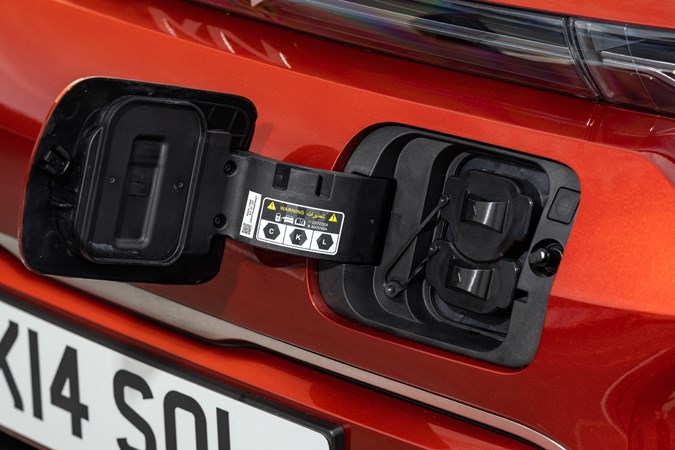
Ongoing running costs
| Road tax | £195 |
|---|---|
| Insurance group | 26 - 34 |
Get an insurance quote with

|
|



